How Much Thread Do Class 15 and M Bobbins Hold?
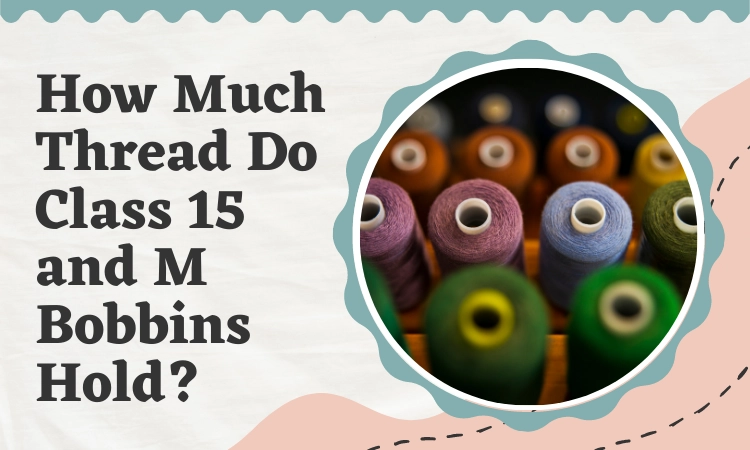
Using the right bobbin while stitching can make or break your project. There are many types of bobbin available in the market such as Class 15, and M style bobbins.
You have to consider a number of factors before purchasing one. One such factor is: how much thread do class 15 and M bobbins hold?
Style M bobbins can hold about 210 yards of thread. And a class 15 bobbin can hold about 50 yards of thread. M bobbins are typically larger in size compared to the Class 15 or A style bobbin. However, although style M bobbin can hold more thread, class 15 bobbins are more universally used. Big brands like Singer, Janome etc use class 15 bobbins for their sewing machines.
This was just a preview. We go more in-depth in the article. So, if you want more details in this matter, keep reading.
What is a Class 15 Sewing Bobbin?
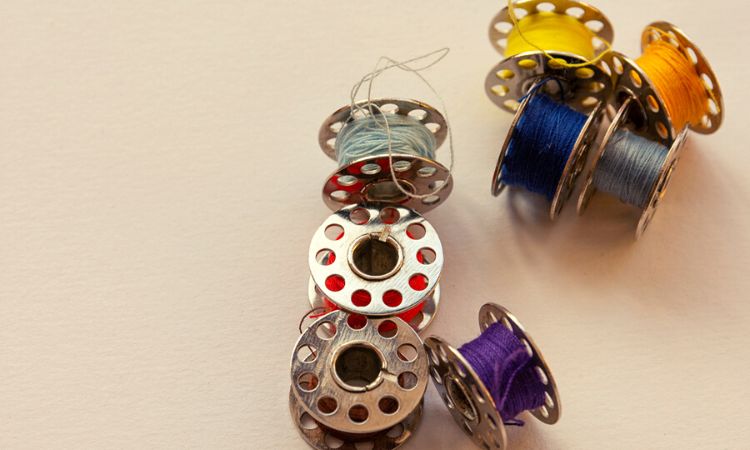
Class 15 bobbins are the same size like an American nickel. Their diameter happens to be around 20.3 mm. The width is about 11.7 mm. These numbers make it an ideal choice for quilting cotton and linens.
Class 15 sewing bobbins come in both plastic and metal, offering you more options to choose from.
Each bobbin has a flat side which offers an easy threading; especially through narrow and tight spaces. Also, it makes the thread almost immune to tangling.
What is a Size M Bobbin?
Style M bobbins are usually used with the stitch thread sizes of 138. They are comparatively larger in size. Their diameter is about 1.023 inch. And they are about 0.435 inch in height.
Class M bobbins are usually used on mid to large machines. It is ideal for sewing canvas, heavy fabric, and leather etc.
How Much Thread Do M Bobbins Hold?
Style M bobbins can hold about a whooping 210 yards of thread. This is twice as much as class L bobbins that can hold upto 110 yards.
However, the number of thread can change slightly depending on the manufacturer and the type of thread you are using.
How Much Thread Do Class 15 Bobbins Hold?
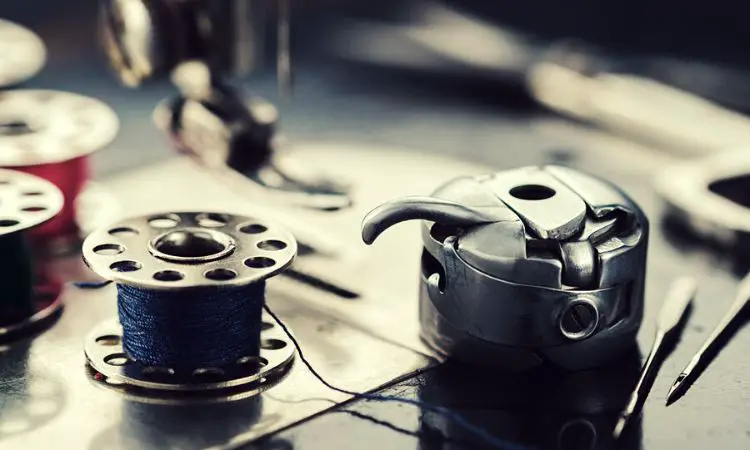
A class 15 bobbin can hold about 50 yards of thread. The number is much smaller than the other types of bobbins such as the M type and L type.
However, the Class 15 bobbin is more efficient than the others. It is ,also more universally used by different leading companies.
Different Types of Bobbin
Here we will get to know about all the popular types of bobbins available in the market.
The Class 15 (A Style) Bobbin:
As already mentioned, Class 15 bobbins are about the size of an American nickel. They all have flat flanges. It comes in plastic and metal. Despite being technically interchangeable, it is best to only use one or the other.
Using different bobbins at different times puts varying weight on the machine. It can affect the tension settings and thread feeding of the machine.
L Style Bobbin:
The L Style bobbin is also similar to the size of an American nickel. The diameter is about 20.3 mm. It has a width of 8.9 mm. All the L style bobbin has two flat sides. They come in plastic and aluminium. It has a Magna-glide core.
L Style bobbins have the same diameter as the 15 class bobbins. However, the width of the Class 15 bobbin is way more. So, it is not possible to fit it in a sewing machine that uses L Style ones.
The M Style Bobbin:
The M Style is the same size as an American quarter. It is larger in size when compared to the class 15 bobbins. This also has two flat sides. It comes in only metal and has no other options.
What Size Bobbin Does Singer Heavy Duty Use?
Using the right size of Bobbin is very crucial for flawless stitching.
Singer Heavy Duty sewing machines typically use Class 15 bobbin. No other bobbin would suit as good as class 15 does on Singer heavy duty Sewing machines. It makes models like Singer 9980 a user favorite.
The Singer heavy duty bobbin size is about 20 mm by 11 mm. Hence the class 15 bobbins are the best fit for it.
As they are also available in plastic, you can keep some extras for the times of need. It will save you time in future.
What Class Bobbin Does Janome Use?
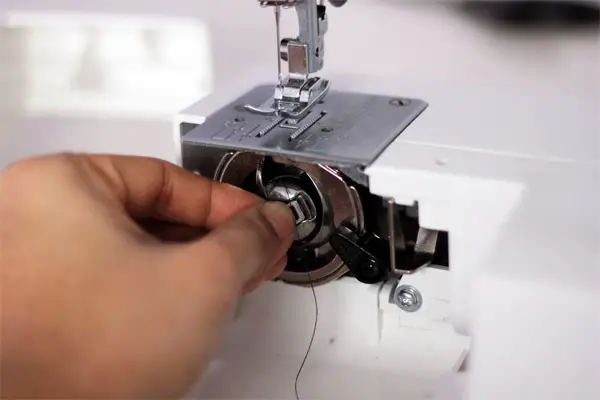
Janam sewing machines typically use 15 bobbins, as well. All the sewing machine models of janome brand use class 15 bobbins.
Other types of bobbins such as M type and L type would not suit as nicely. On top of that the machine will come up with various stitching errors. For example, thread jamming, bobbin case issues etc.
If you want to make the stitches look their best, class 15 bobbin would be the right choice for you.
Another reason a brand like janome uses class 15 bobbins is because, they are suitable for almost all type of fabric. Also these bobbins are easily available in almost all fabric stores.
How Do You Wind A Bobbin Step-By-Step
To get the best out of your sewing machine, knowing how to wind a bobbin properly is crucial. If you follow the instructions properly, it’s not that complex. At least not as complex as choosing between v69 vs v92 thread.
Here is the step by step process for you.
Step 1: Remove Old Bobbin
Start by removing the bobbin from its casing. Keeping the needle in its toppest position, set the machine speed at a medium pace.
It is better if you work with an empty bobbin. Hence if there is any old thread, remove it. You can also buy a new bobbin if you like.
Step 2: Identify the Parts
Inspect the top of your sewing machine for all the parts that will be used for this process. Find the spindle, bobbin winder and the thread guide.
If you are unable to locate them take the help of the machine handbook.
Step 3: Disengage the Clutch
In this step you will be disengaging the clutch. Doing this will keep the needle in place and it won’t move up and down.
Step 4: Thread the Machine
Now set the bobbin on the bobbin winder keeping the tiny holes on the top. Place the thread over the spool pin.
Looping your selected thread over the thread guide, tug the thread lightly from the inside. Keep pulling until it goes into the tiny hole on the bobbin. Wind some thread around the bobbin as well.
Step 5: Click In Place
Now, put the bobbin onto the bobbin winder and click it in place. This would take place on the right side of the machine. Now the machine is ready to start running for winding.
Step 6: Start Winding
Start with a slow place to ensure the winding is being performed in the right direction. It will also prevent the thread from bunching.
Trim the thread you started with. This way it won’t get caught anywhere. Now it’s time to fill the bobbin.
Your sewing machine will stop automatically once the bobbin is full. So don’t get too nervous about it.
Step 7: Reset
After the machine is stopped click open the Bobbin winder. Cut the thread and now the bobbin winding is done.
Finally, insert the new wound bobbin into the casing and now you can start stitching again!
Frequently Asked Questions (FAQs):
Why do you wind a bobbin?
Winding the bobbin helps the sewing machine create perfect stitches by supplying required thread to the needle. Also, it prevents the threads from bunching or getting tangled up as the machine starts to run.
Is brother bobbins Class 15?
Yes, almost every model of sewing machine uses class 15 bobbins. Not only brothers but also brands like singer and janome use class 15 machine due to its versatility.
How do I know which bobbin to buy?
Well, all bobbins may not be labelled with their suitable size or style. But you can look into the machine manual. You will definitely find the ideal size bobbin for your machine. You can buy according to that.
Wrapping Up
Hope I have solved your query of how much thread do class 15 and M bobbins hold?
Now you know the answer and also have a sound idea about all the types of bobbins there are. So from now on check your manual carefully and buy the best bobbin for your machine.
That was all for now. Have a great day ahead.

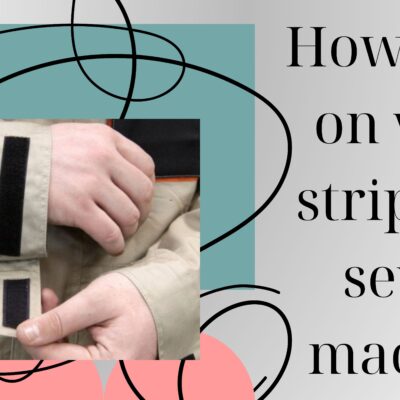
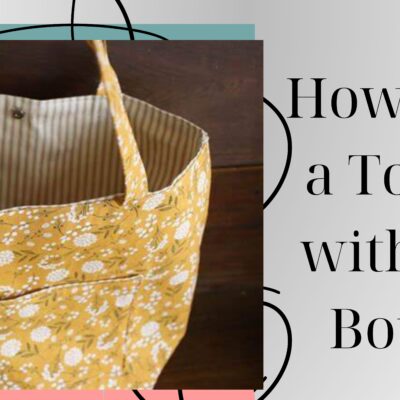

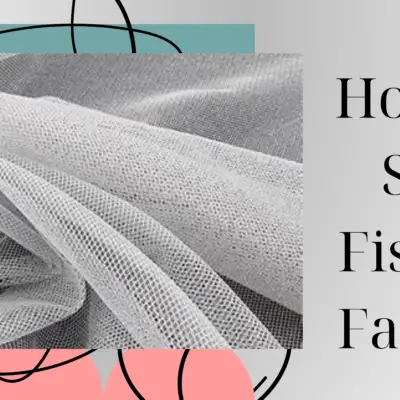
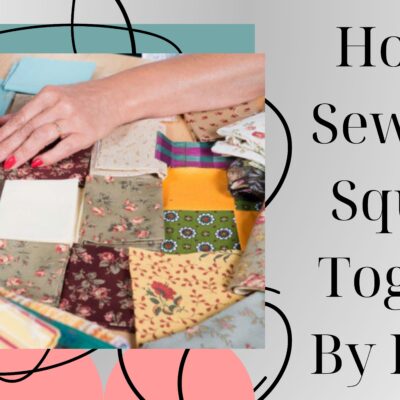



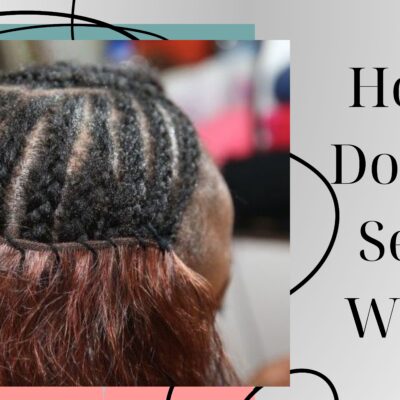
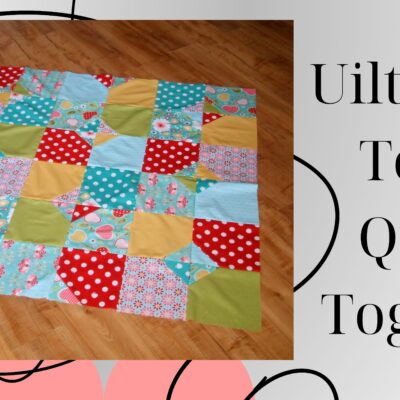
One thought on “How Much Thread Do Class 15 and M Bobbins Hold?”